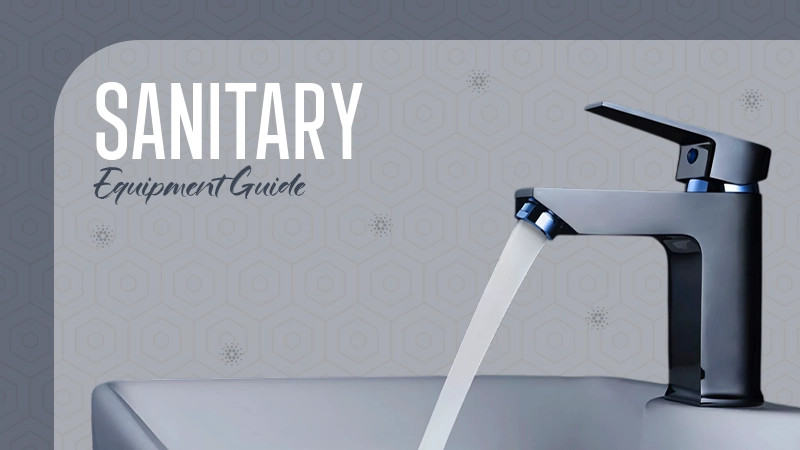When your walls are dirty, you paint them. In case of leakage, you fix it. That’s normal, right? After noticing something wrong, everyone takes care of it. But what if one can’t see the issue? What if it’s hidden behind the walls or under the floors?
A person may see a small mark and consider it an old paint, but that’s how quietly damaging your home is, out of sight. Moisture, smoke, dirt, and stains all have one thing in common: they don’t stay where you expect them to.
Imagine the plumbing is leaking somewhere. You can’t see it properly, but you might smell it. What does this actually mean? It shows that even if you can’t observe issues in front, you can sense them.
Following this, develop five easy habits to safeguard your home from the inside.
KEY TAKEAWAYS
- Always check for moisture before it turns out to be an issue.
- Don’t ignore small gaps around windows and doors.
- Regularly clean the ventilation system and duct.
- Timely management of humidity indoors using houseplants and humidifiers.
Easy Habits That Help You Prevent Hidden Damage in Your Home
When your home is in excellent shape, it doesn’t mean that it actually looks like a post from Pinterest, but that there’s barely anything wrong happening under the surface.
Fortunately, a few smart habits can make that possible.
But, of course, you need to be realistic.
In case you had a fire or a flood, you would need some serious damage control, and the only thing you can really do is look into water or fire damage restoration services. But if nothing like this has happened yet, then you ultimately have plenty of time for prevention.
Here’s exactly how you do that.
Check for Moisture Before It Becomes a Problem
Moisture is sneaky.
It’s not always a splash or a visible leak, sometimes it’s a musty smell you can barely notice or a small soft marking on the wall you don’t bother with because it’s… Well, small.
But over time, the captured moisture will make the plaster break down and warp wooden floors. The paint will also receive a hit and will bubble or peel.
In case you want to prevent this, you can use a moisture analyzer anywhere humidity tends to linger, like a bathroom or a basement. Keep the air moving with openings and seal grout lines to stop water from seeping into places you can’t see.
Seal Small Gaps Around Windows and Doors
Even the tiniest gaps are hazardous because they let in more than just annoying cold drafts. Humid air and moisture are completely happy traveling via small cracks and finding ways into your walls and ceilings.
Once there, dampness will move around like crazy. A quick visual inspection each season with a silicone sealing product or weatherstripping can make a world of difference.
It will keep the internal temperature in your home stable and stop water and smoke from getting into materials. Make it a habit to carefully inspect the edges of windows and door frames a few times every year.
Keep Ventilation Systems and Ducts Clean
Do you know what flows through air ducts? Air, sure. But also particulates and smoke.
When those particles build up throughout the house, they can settle back onto your walls and ceilings. Once they do, they will dull your paint and create odors you will never get rid of, no matter how many Bath & Body Works wallflowers you plug in.
Replace air filters almost every few months and schedule a professional duct cleaning at least once a year.
And remember to get the coolant fans in the kitchen and bathroom, too! They are your best defense against moisture that can gather in the ceiling or corners.
Watch for Faint Odors and Subtle Stains
The enhancement might be small, but the story behind it? It could be practically catastrophic.
Yellow patches on the ceiling or the mildew you kinda smell, but kinda don’t, can be early signs of water damage or contamination from smoke. Check all corners and beside all furniture to see if there are clues. You should also evaluate the floorboards.
If you determine that the same spot keeps showing signs over and over, something is going on. It could be just a temporary leak, but if it’s persistent, it’s extremely problematic.
Manage Humidity Indoors All Year
Your home moves around just like you do, and when the air is too dry or too humid, things start to get uncomfortable. Too much humidity leads to mold and warped wood. On the other hand, too lightly means dry walls and cracked paint.
According to research, the ideal level is between 40 and 60%. Use a dehumidifying machine during the sticky summer months and a humidifier during winter.
The air will stay comfortable, and you will protect yourself from serious property damage.
Conclusion
Prevention is not about doing more as much as it is about noticing more. The weird smell or the tiny paint fragments could be signs of big issues, so don’t dismiss things like that as paranoia or overreacting.
Stay curious and proactive because, even if your home was free, and you did not need a mortgage for it (in which case, you lucky dog!), you still want to protect it.
Get a flashlight and take a quick look anywhere to see if anything troubling shows up.
Why is moisture a major concern for my home?
Moisture is one of the biggest threats that can lead to peeling paint, mold growth, wood rot, and even structural damage.
Can houseplants help reduce humidity?
Yes, somehow houseplants like the areca palm can help remove moisture from the air.
What material should I use to seal cracks?
Use appropriate crack fillers or flexible sealants designed for the specific surface.
Can I use tiles to protect my walls or floors?
Water-resistant tiles and panels can effectively cover and protect areas prone to moisture.



